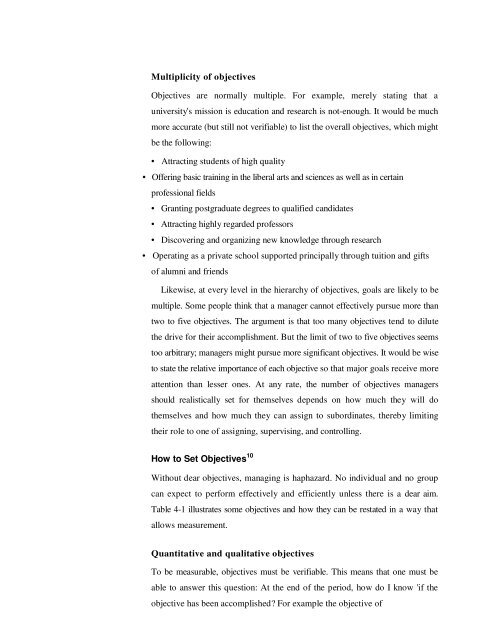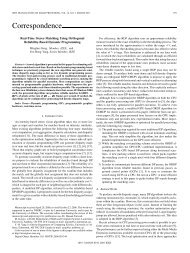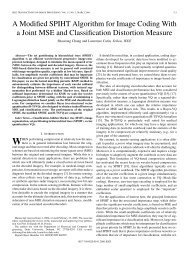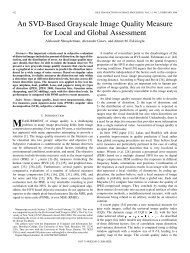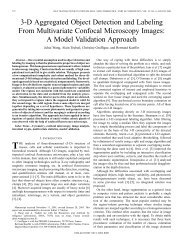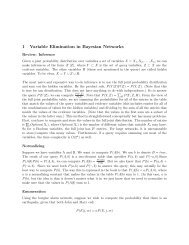Essentials of Planning and Managing by Objectives
Essentials of Planning and Managing by Objectives
Essentials of Planning and Managing by Objectives
You also want an ePaper? Increase the reach of your titles
YUMPU automatically turns print PDFs into web optimized ePapers that Google loves.
Multiplicity <strong>of</strong> objectives<strong>Objectives</strong> are normally multiple. For example, merely stating that auniversity's mission is education <strong>and</strong> research is not-enough. It would be muchmore accurate (but still not verifiable) to list the overall objectives, which mightbe the following:• Attracting students <strong>of</strong> high quality• Offering basic training in the liberal arts <strong>and</strong> sciences as well as in certainpr<strong>of</strong>essional fields• Granting postgraduate degrees to qualified c<strong>and</strong>idates• Attracting highly regarded pr<strong>of</strong>essors• Discovering <strong>and</strong> organizing new knowledge through research• Operating as a private school supported principally through tuition <strong>and</strong> gifts<strong>of</strong> alumni <strong>and</strong> friendsLikewise, at every level in the hierarchy <strong>of</strong> objectives, goals are likely to bemultiple. Some people think that a manager cannot effectively pursue more thantwo to five objectives. The argument is that too many objectives tend to dilutethe drive for their accomplishment. But the limit <strong>of</strong> two to five objectives seemstoo arbitrary; managers might pursue more significant objectives. It would be wiseto state the relative importance <strong>of</strong> each objective so that major goals receive moreattention than lesser ones. At any rate, the number <strong>of</strong> objectives managersshould realistically set for themselves depends on how much they will dothemselves <strong>and</strong> how much they can assign to subordinates, there<strong>by</strong> limitingtheir role to one <strong>of</strong> assigning, supervising, <strong>and</strong> controlling.How to Set <strong>Objectives</strong> 10Without dear objectives, managing is haphazard. No individual <strong>and</strong> no groupcan expect to perform effectively <strong>and</strong> efficiently unless there is a dear aim.Table 4-1 illustrates some objectives <strong>and</strong> how they can be restated in a way thatallows measurement.Quantitative <strong>and</strong> qualitative objectivesTo be measurable, objectives must be verifiable. This means that one must beable to answer this question: At the end <strong>of</strong> the period, how do I know 'if theobjective has been accomplished? For example the objective <strong>of</strong>


